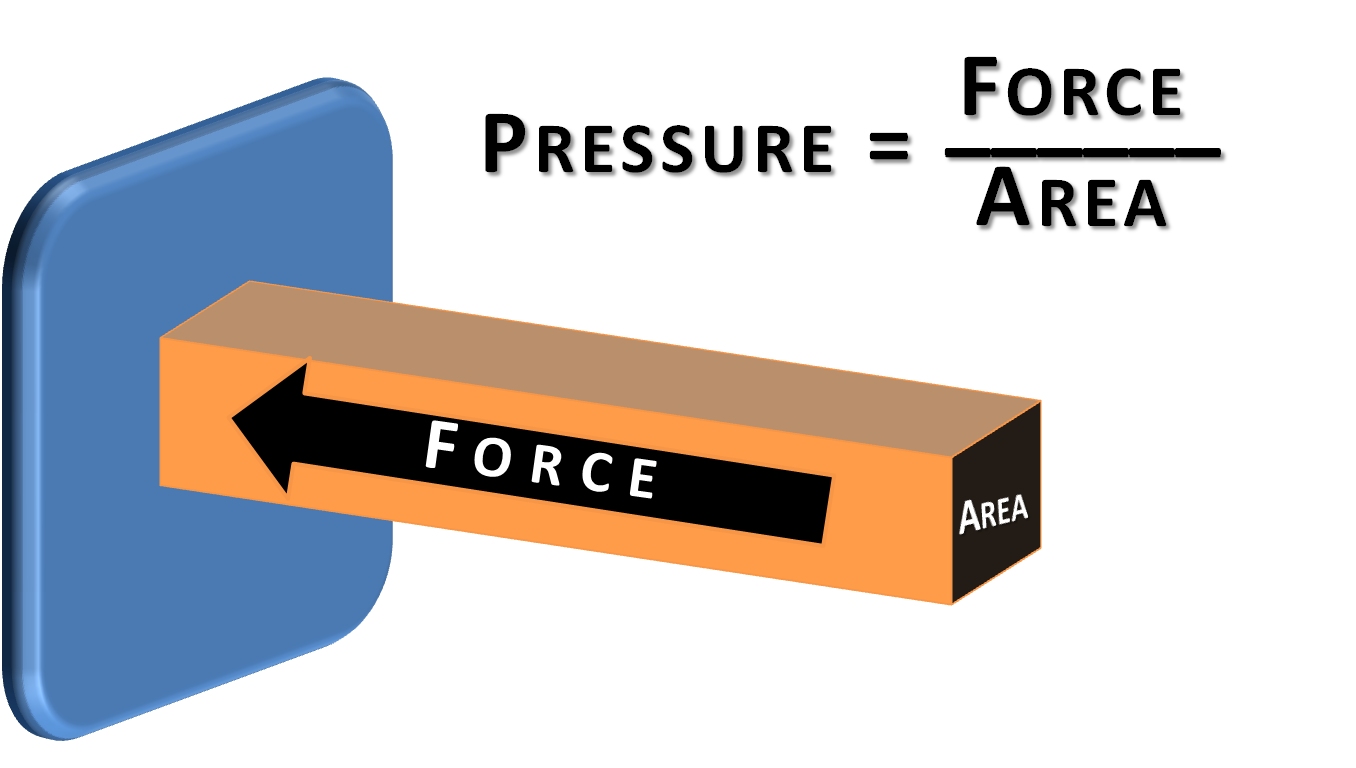
What is a force? What is pressure? How do we calculate forces and pressure?
In this post, I gonna talk about these mysterious questions.
1. What are Forces?
A force, in everyday language, is a 'push' or a 'pull'. But would you try to push or pull open a water bottle? Of course not - you would twist it open. How else do you use forces in everyday life?
1.1 Examples
- You squeeze a tube of toothpaste.
- You stretch an elastic band.
- You twist a cap to open your water bottle.
- You fold a newspaper to make it easier to carry.
Basically, force is not only push and pull, but there are a lot of things to do with force. Just like what I said on the examples.
2. How do we measure forces?
The S.I. unit of force is newton (N). One newton is the force that will cause a body of 1 kg to change its speed by 1 m/s, every second.
In many situations, it is important to know exactly the correct force to apply for a specific purpose. For example, in the stringing of a badminton or a tennis racket, the strings have to be stretched by the correct amount so that the rackets can perform properly without the strings breaking during the game.
A spring balance can be used to measure the amount of force applied. There are two types of spring balances - extension spring balance and compression spring balance.
2.1 Extension Spring Balance
In an extension spring balance, the spring stretches when a pulling force acts on it. the greater the force, the greater the extension of the spring. The spring is attached to a pointer, which indicates the amount of force exerted on the spring.
2.2 Compression Spring Balance
In a compression spring balance, the spring is compressed when a pushing force acts on it. The greater the force, the greater the compression of the spring. The spring is attached to a pointer, which indicates the amount of force exerted on the spring.
2.3 Formula to Calculate Forces
Formula to calculate force is:
F = Mass x Acceleration
F = Mass x Acceleration
Example:
If there is a box that has 5 kg of mass and it's being moved at constant speed of 1 m/s, the force is:
5 Newton.
If there is a box that has 5 kg of mass and it's being moved at constant speed of 1 m/s, the force is:
5 Newton.
3. Forces Around Us
There are several forces we encounter in our daily lives. Some common examples are gravity, friction and magnetism.
3.1 Gravity
When you throw a ball in the air, it falls towards the earth. Why? Gravitational force or gravity is the force that attracts objects to the earth.
Thus, gravitational force causes objects to fall towards the earth. Your body's weight is due to the force of gravity acting on you. In everyday use, mass and weight mean the same thing. However, in scientific use, mass and weight have different meanings.
Mass is a measure of the amount of matter in a body.
Weight is a measure of the gravitational force exerted on the object.
For example, you would weigh less on the moon because the gravitational field on the moon is weaker than the gravitational field on the earth. But your mass would remain the same since the amount of matter in you does not change.
3.2 Friction
Why is it hard to push a trolley with rusty wheels, or to pull a wooden crate over a rough floor? All these effects are caused by friction. A frictional force acts when one material rubs against another.
Friction between the ground and our feet or shes helps us walk. Without friction, we would slip or fall. Friction also helps to keep the wheels of a car on the road and stop the car when brakes are applied. Drivers are often cautioned to drive carefully during rainy weather. Why do you think this is so?
Friction can be useful, but it can also be dangerous. In factories, friction wears down machines and slow productions. Constant friction leads to wear and tear. Friction also produces heat instead of useful work.
3.3 Magnetism
Magnetic force or magnetism is the force exerted by a magnet on magnetic materials such as iron and steel.
Every magnet has a North pole and a South pole. The North pole of one magnet will repel the North pole of another magnet. Similarly, the two South poles will repel each other. We say that like poles repel each other. The force acting in this case is called the force of repulsion.,
On the other hand, unlike poles attract each other. The force acting in this case is called the force of attraction.
4. What is Pressure?
Why is it easier to pierce something with a sharp object than a blunt object?
If you want more pressure when you pierce something with a stick, you should increase the mass of the stick but minimize the area of the stick that will have contact with something that you want to pierce.
4.1 Calculating Pressure
The formula of calculating pressure is:
Pressure = Force / Area
The S.I. unit of pressure is N/m^2 and is given the name pascal (Pa), after the French scientist, Blaise Pascal.
4.2 Pressure in Everyday Life
- A bulldozer moves on caterpillar tracks that spread the weight of the bulldozer over a large area. This prevents the bulldozer from sinking into the soft ground.
- The air pressure in a plane is kept at a certain level to allow passengers to breathe normally.
- Can openers use a large force exerted over a small area to punch a hold through a can.
- Suction cups work by reducing the air pressure withing the cups. The higher air pressure outside the cups helps hold appliances in place.
Source: Science Matters, Volume A, Lower Secondary.
